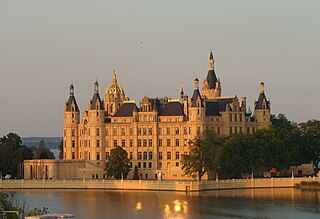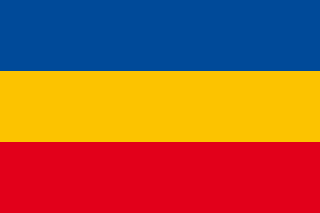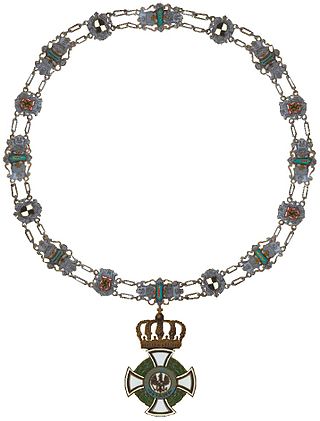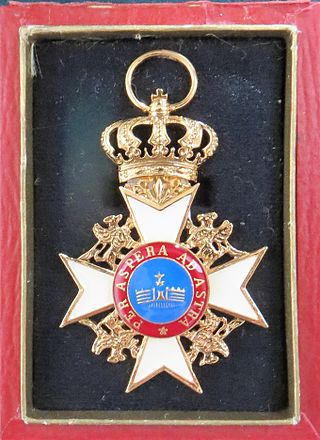Contents
- Karlsruhe
- Kiel
- Koblenz
- Krefeld
- Lübeck
- Magdeburg
- Merseburg
- Munich
- Nuremberg
- Osnabrück
- Saarbrücken
- Sankt Andreasberg
- Schwerin
- Solingen
- Stuttgart
- Waldheim
- Weimar
- Weißenfels
- Wriezen
- Überlingen
- Wuppertal
This is a list of equestrian statues in Germany.
| Town | Monument | Picture |
|---|---|---|
| Berlin City | King Friedrich II by Christian Daniel Rauch in the Unter den Linden |  |
| Berlin City | King Friedrich Wilhelm IV by Alexander Calandrelli in front of the Alte Nationalgalerie |  |
| Berlin City | Emperor Wilhelm I-National Monument by Reinhold Begas in front of the Berlin City Palace, 1897-03-22, destroyed |  |
| Berlin-Rixdorf | Emperor Wilhelm I by Albert Moritz Wolff at the Hohenzollernplatz, 1902, destroyed in 1944 |  |
| Berlin-Spandau | Emperor Wilhelm I by Franz Dorrenbach in the Neuendorfer Straße | |
| Berlin City | Emperor Friedrich III. by Rudolf Maison, in front of Bode Museum, 1904, destroyed in 1950s. |  |
| Berlin City | Saint George defeats the Dragon |  |
| Aachen | Emperor Friedrich III by Hugo Lederer at the Kaiserplatz, 1911 |  |
| Aachen | Emperor Wilhelm I by Fritz Schaper, 1901, destroyed in 1942 | |
| Altötting | Field Marshal Johann t’Serclaes by Sebastian Osterrieder at the Kapellplatz |  |
| Bad Frankenhausen | Kyffhäuser Monument with Emperor Wilhelm I. by Bruno Schmitz and Emil Hundrieser on top of the Kyffhäuser Mountain, 1890–1896 |  |
| Bamberg | The Bamberg Horseman (Bamberger Reiter, possibly showing Hungarian King Stephen I), Cathedral, c. 1225-37. |  |
| Bautzen | King Albert by Walter Hauschild on the south side of the Lauenturm, 1913 |  |
| Bernburg | Emperor Wilhelm I by Ludwig Manzel, 1901, destroyed | |
| Braunschweig | Duke Karl Wilhelm Ferdinand by Franz Pönninger, foundry Georg Ferdinand Howaldt Duke Friedrich Wilhelm by Ernst Hähnel, foundry Georg Ferdinand Howaldt in front of the Braunschweiger Schloss |  |
| Bremen | Emperor Friedrich III by Louis Tuaillon in the Herrmann-Böse-Str. |  |
| Bremen | Chancellor Bismarck by Adolf von Hildebrand close to Bremer Dom, 1910 |  |
| Bremen | Emperor Wilhelm I by Robert Bärwald, 1888–1893, destroyed in 1942. |  |
| Bremen | Two statues of Heralds by Rudolf Maison forward of the East Gate of the Town Hall, 1901, destroyed |  |
| Chemnitz | Emperor Wilhelm I at the Rathausmarkt, destroyed in World War II |  |
| Cologne | King Friedrich Wilhelm IV by Gustav Blaeser, Hohenzollernbrücke (Deutz side) |  |
| Cologne | Emperor Wilhelm I by Friedrich Drake, Hohenzollernbrücke (Deutz side) |  |
| Cologne | Emperor Friedrich III by Louis Tuaillon, Hohenzollernbrücke (Cologne side) |  |
| Cologne | Emperor Wilhelm II by Louis Tuaillon, Hohenzollernbrücke (Cologne side) |  |
| Cologne | Emperor Wilhelm I by Richard Anders, 1890-1900, destroyed |  |
| Cologne | King Friedrich Wilhelm III by Gustav Blaeser at the Heumarkt, 1878 |  |
| Coburg | Duke Ernest II by Gustav Eberlein in the Hofgarten |  |
| Darmstadt | Grand Duke Ludwig IV by Friedrich Schaper at the Luisenplatz, 1898 |  |
| Dresden | King August II (Goldener Reiter) at the Neustädter Markt square |  |
| Dresden | King Albert by Max Baumbach in front of the Ständehaus, destroyed in 1950 |  |
| Dortmund | Emperor Wilhelm I by Adolf von Donndorf in Hohensyburg, 1897-1902 |  |
| Düsseldorf | Duke Johann Wilhelm by Gabriël Grupello |  |
| Düsseldorf | Emperor Wilhelm I by Karl Janssen at the Martin-Luther-Platz |  |
| Erfurt | Emperor Wilhelm I by Ludwig Brunow, 1900, destroyed in 1942 |  |
| Essen | Emperor Wilhelm I by Hermann Volz at the Burgplatz, 1898 |  |
| Freiburg im Breisgau | Zähringenes by Todor Bozhinov |  |
| Frankfurt am Main | Emperor Wilhelm I by Clemens Buscher, 1896, destroyed in 1940 |  |
| Gera | Emperor Wilhelm I by Gustav Eberlein close to Johanniskirche, destroyed | |
| Geislingen | Emperor Wilhelm I by Gustav Eberlein at the Kirchplatz | |
| Goslar | Emperor Wilhelm I by Walter Schott at the Kaiserpfalz |  |
| Goslar | Emperor Friedrich I Barbarossa at the Kaiserpfalz |  |
| Halle an der Saale | Emperor Wilhelm I by Peter Breuer and Bruno Schmitz, destroyed in World War II | |
| Hamburg | Emperor Wilhelm I by Johannes Schilling in Planten un Blomen, 1903 |  |
| Hamburg-Altona | Emperor Wilhelm I by Gustav Eberlein in front of the Townhall, 1898 |  |
| Hannover | Ernest Augustus, King of Hanover, by Albert Wolff in front of central station |  |


































